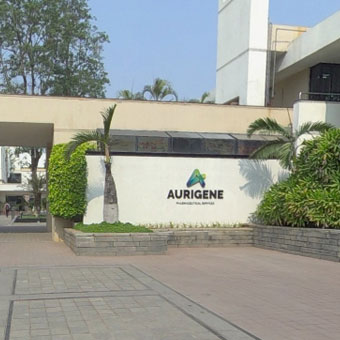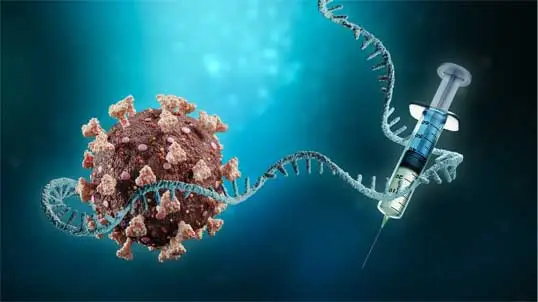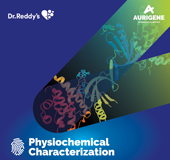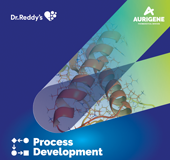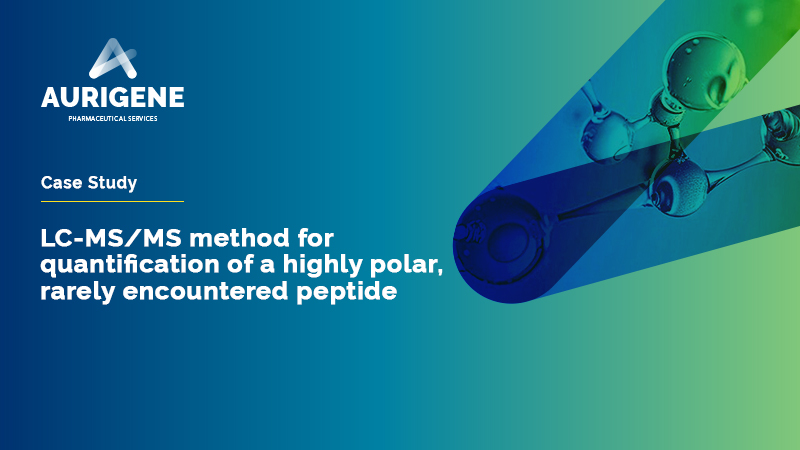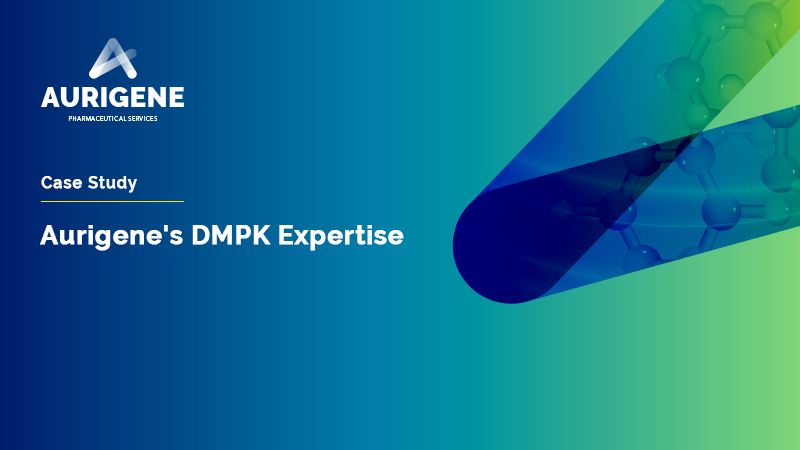
We characterize the potential genotoxicity of compounds using various test and assays:
In vivo micronucleus test Chromosomal aberration test Traditional Ames assay
The in vivo Micronucleus Assay (in vivo MNT) is a reliable and commonly-employed test to meet the regulatory requirements while submitting IND, to screen the compounds ( such as chemicals, impurities, pesticides, insecticides, food and feed additives) for their clastogenic potential in bone marrow of rodents (rats/mice) and as a component of exposure-based risk assessment. This assay plays a vital role in adding weight of evidence in the hazardous measurement of any chemical and quantitative risk assessments.
The Chromosomal Aberration Test (CAT) is routinely employed as part of NPD and to meet regulatory expectation to screen the compounds ( such as chemicals, impurities, pesticides, insecticides, food and feed additives) for their clastogenic potential to cells (human blood lymphocytes or mammalian cell lines in culture) by evaluating the development gene/chromosome damage in the form of structural aberrations at chromosome level.
Ames test is a rapid and reliable bacterial assay used for evaluating a chemical's potential genotoxicity by measuring its ability to induce reverse mutations at selected loci of modified Salmonella and E. coli bacterial strains. These strains have various mutations and are not capable of synthesizing an essential amino acid, either histidine (Salmonella) or tryptophan (E. coli), so they can only grow in the culture medium that is supplemented with that amino acid. Once the bacteria are exposed to a mutagen, mutation(s) occur that could restore/reverse the ability of the bacteria to synthesize the amino acid and to continue growth even after depletion of traces of provided amino acid in the agar. Relevant mutations involve substitution of individual base pairs or frameshift mutations caused by addition or deletion of a stretch of DNA. The Ames test can be carried out in the presence and absence of a metabolizing system (e.g., Aroclor 1254-induced rat liver S9 fraction) to identify potential mutagenicity by the parent compound and/or its metabolites.

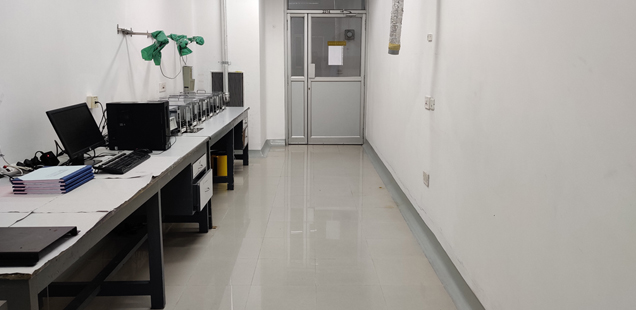
Why Aurigene Genetic Toxicology Studies Services?
Quick turnaround time
Extensive experience in the genetic toxicology studies
Team of expert analytical and toxicology scientists
State-of-the-art facilities
Connect with our scientific experts for your drug discovery, development, and manufacturing needs
We understand that clear communication is essential to successful collaborations, and that's why we have a dedicated team that is always ready to help you. Whether you have questions about our services, want to discuss a potential partnership, or simply want to learn more about our company, we're here to help.
Our team of experts is dedicated to providing personalised solutions tailored to your unique needs. So, please don't hesitate to reach out to us. We look forward to hearing from you and helping you achieve your business goals.
Resources
OCTOBER 01, 2024
PROTACs: Research for a life without cancer
PROTACs: Proteolysis-targeting chimeras (PROTACs) are a rapidly evolving field with promising applications in cancer, neurodegenerative diseases, and other conditions where the regulation of protein levels is crucial. PROTACs are a novel class of small molecules designed to target specific proteins for degradation by the ubiquitin-proteasome sys...
Read More
Advancement in personalized medicine and how the CRDMO industry is part of the solution
Personalized medicine is transforming the healthcare landscape by customizing treatment plans to individual patients’ unique genetic, clinical and environmental characteristics. These are effective and less invasive treatments for a wide range of conditions. Contract Research, Development and Manufacturing Organizations (CRDMOs) play an important role...
Read More
Cell Line Development
We enable development of stable and high yielding recombinant Mammalian and Microbial lines. ...
Read More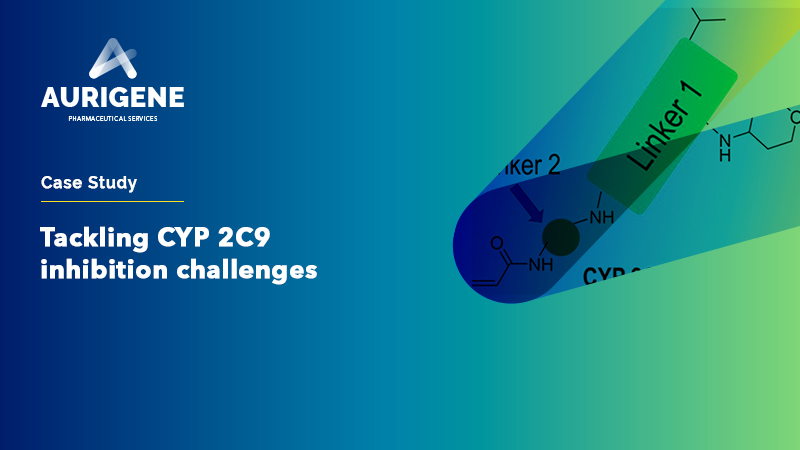
Case study: Tackling CYP 2C9 inhibition challenges
The Problem: Active compounds in a project were found to be highly potent inhibitors of CYP 2C9 The compounds selectively inhibited CYP 2C9 with IC50 values <100 nM There was no considerable inhibition of the other CYP isoforms Our Mitigation Approach: CYP 2C9 inhibition data was generated for a larger set of co...
Read MoreSynthesis of Anti-covid Drug Nirmatrelvir Using Flow Chemistry
2022
Synthesis of the anti-covid therapeutic Nirmatrelvir by using flow chemistry to enhance efficiency of amide to nitrile conversion in a functionally and Stereochemically Embellished environment. ...
Read More-
Discovery of MAP855, an Efficacious and Selective MEK1/2 Inhibitor with an ATP-Competitive Mode of Action.
2005
Mutations in MEK1/2 have been described as a resistance mechanism to BRAF/MEK inhibitor treatment. We report the discovery of a novel ATP-competitive MEK1/2 inhibitor with efficacy in wildtype (WT) and mutant MEK12 models. Starting from a HTS hit, we obtained selective, cellularly active ...
Read More -
Wang-OSO3H catalyzed green synthesis of bioactive isoindolo[2,1- a ]quinazoline-5,11–dione derivatives: An unexpected observation
2005
The sulphonic acid-functionalized Wang resin (Wang-OSO3H) was explored as a polymeric and recov- erable acidic catalyst for the synthesis of isoindolo[2,1- a ]quinazoline-5,11–dione derivatives under green conditions. Thus the Wang-OSO3H ...
Read More -
Polycyclic Aromatic Compounds: A Simple and Efficient [(n-Bu3Sn)2MO4]n Catalyzed Synthesis of Quinazolinones and Dihydroquinazolinones
2005
A novel unprecedented approach for the synthesis of various quinazolinones and dihydroquinazolinones has been using [(n-Bu3Sn)2MO4]n as a catalyst. The reaction has been screened ...
Read More
You are about to leave Aurigene Pharmaceutical Services and affiliates website. Aurigene Pharmaceutical Services assumes no responsibility for the information presented on the external website or any further links from such sites. These links are presented to you only as a convenience, and the inclusion of any link does not imply endorsement by Aurigene Pharmaceutical Services.
If you wish to continue to this external website, click Proceed.


Leaving already?
Don't forget to join us at
CPHI Worldwide 2023.
October 24th-26th, 2023 | Barcelona, Spain
Get ready to accelerate your drug’s journey to the market

